How to Build a Menu with the Thriftiest Foods of Fall
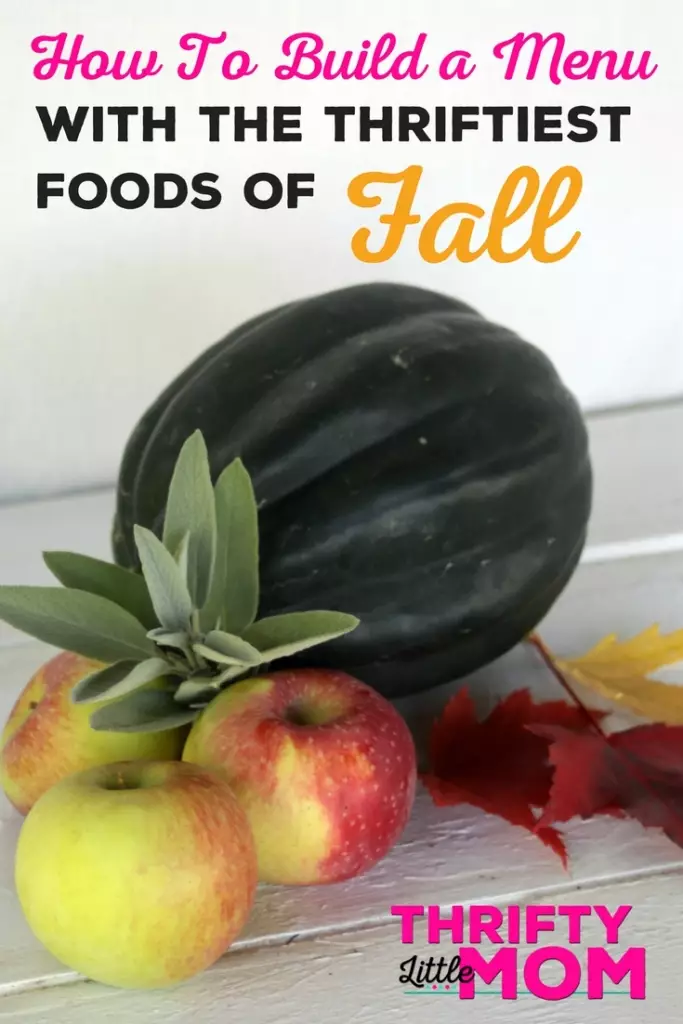
As thrifty moms I think we are often the ones hunting down good deals on fresh produce for our families. One concept that I don’t think we really think that much about is breaking out of the top 10 recipes we rotate on a regular basis and develop a menu that’s thriftier because we plan it around the foods that are actually in season and in abundance.
In our American diet, it’s a bit of privilege that we can find most produce readily available all year long. But recently I made friends with Kathie Lapcevic of Home Spun Seasonal Living who has been teaching about living seasonally- which is not only thrifty but just feels like a down right healthier and simpler way of living. I’m a fan of all three. Today Kathie is sharing with us which foods are in season and how to make the most of them this fall!
Fall is the harvest season. We all know that on a rational level but how it applies to our modern lives, kitchens, and wallets can often be a mystery. It doesn’t need to be though, in fact this harvest season can be a boon to our wallets while filling our stomachs will filling, nourishing food. Use this guide for frugal fall eats that will leave everyone feeling like a glutton.
What is in Season?
Apples –
Perhaps the most obvious fall fruit, apples are filling work great raw as snack. Cooked they make for both sweet and savory dishes with ease. If they start to get a little soft, my chunky applesauce is a quick and easy preserve that can easily be frozen or canned for later. Find them from a local farmer if at possible.It’ll be more frugal and likely more flavorful than standard grocery store fare.
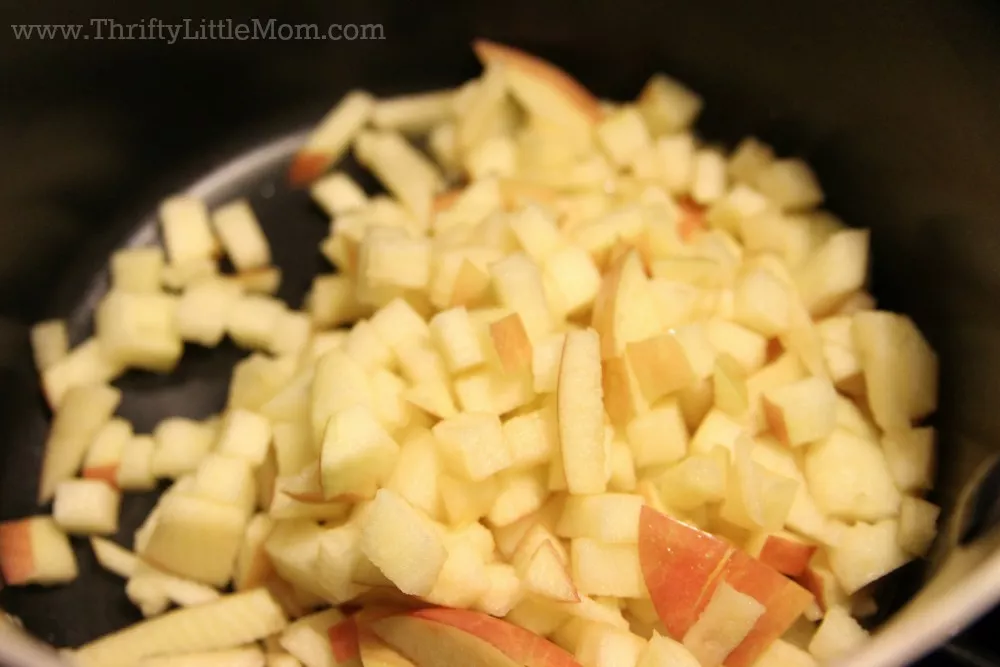
Beets –
These lowly roots are often ignored but tend to get sweeter after a frost making them an ideal fall food. They’re usually fairly frugal at the grocery store and from the local farmer. The greens and the roots are edible making it an ideal, double duty vegetable to have on hand. The roots will last quite a long time in the fridge, the greens won’t last as long so eat them quickly or chop them off if they start to go bad before eating the roots.
Brussels Sprouts –
While a green veggie, they are one that lasts quite a long time in the refrigerator. They also tend to be quite frugal right up until winter allowing us to get a hit of fresh nutrition at a frugal price tag.
Cabbage –
Heads of cabbage will also last a long time in the refrigerator unlike a head of lettuce. It also seems to be considered peasant food and can almost always be found at a bargain but especially so in the fall.
Cranberries –
These little tart gems can usually only be found fresh in the fall. They make for great desserts and more. They freeze super well and can often be put in the freezer in the very bag they were purchased in. Stock up during all the Thanksgiving sales and be ready for fresh cranberry sauce or cake later.
Rutabagas & Turnips –
Again a lowly and often overlooked roots. They can often be found at a bargain price and last a long time in the refrigerator. They can be used much like white potatoes and are full of nutrition.
Sweet Potatoes –
The comfort food texture and sweet flavor make these a favorite for many. They’re freshest and most inexpensive in the fall. They don’t last as long as their white potato cousins but they will last a good bit in a cool location in the house.
Winter Squash –
More than just pumpkin and butternut, winter squashes take on a number of colors, shapes, sizes, and flavors. Find locally grown favorites at a discount and they’ll likely last months kept in an unheated guest room or cool basement. These can form the basis of many frugal and delicious meals in the coming months.
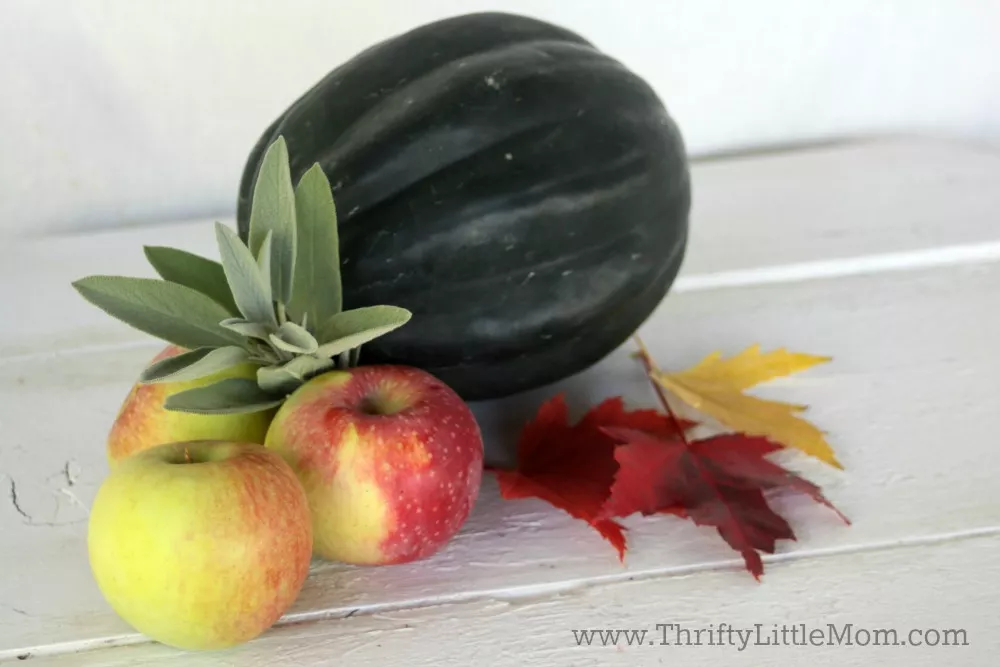
Hardy & Hearty Produce
Fall produce tends to store well for the long haul. These are the tender vegetables and fruits of summer that go bad seemingly in a blink of an eye. Fall produce will often stay good for months if kept in cool space, an unheated bedroom or basement for example with very little care at all needed from us. Gather up large quantities at a deal and eat on it for months.
Squashes, apples, pears, and root vegetables also tend to make meals that stick with a person for long,cold days. These aren’t the ingredients of light salads, rather these are for hearty soups, casseroles,and feasts.
Frugal Fall Meals
Fall meals can be incredibly simple. A pan of roasted veggies alongside a slow cooked roast, for example. While much of the produce might need some peeling before use by and far the ingredients themselves don’t need a lot of fussing. Use them simply and frugally allowing their natural flavor to be the star.
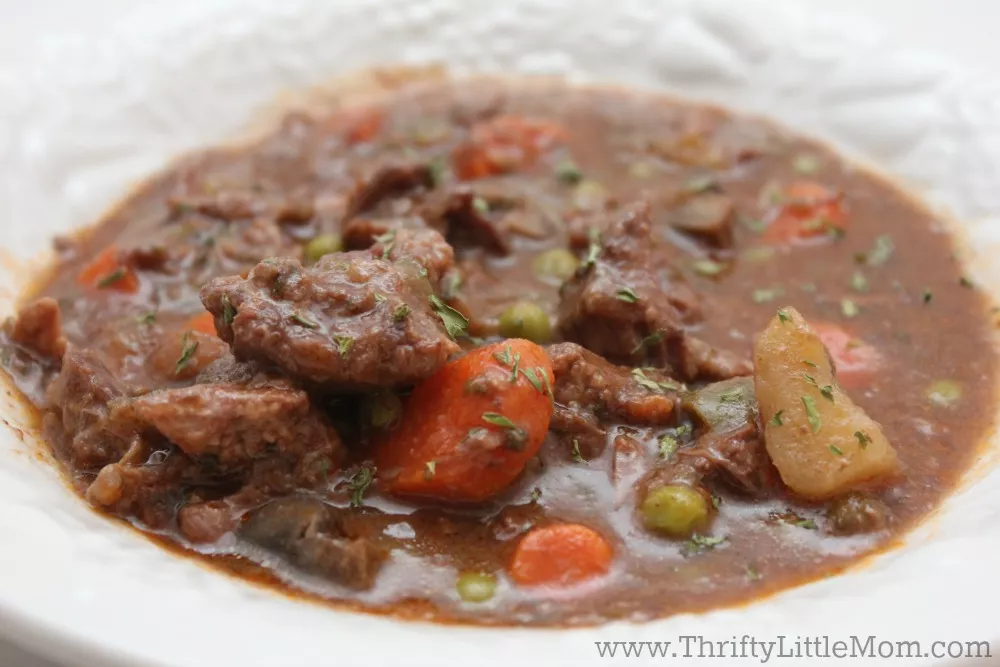
Soup is probably the original frugal meal in human history. It makes the most of every little scrap and does it with satisfying flavor and nourishment. Fall is a great time for soup, of course, and fall vegetables can plump up a rather bland pot quickly. Consider pureeing winter squash for thick, creamy soups, or filling out noodle and meat soups with lots of shredded cabbage.
The hearty texture and flavor of most fall produce lends itself well to roasting. Peel and chop beets, turnips, sweet potatoes, and carrots. Toss them with some olive oil, salt, and pepper and spread out onto a baking sheet. Roast in a 425 degree oven until a little browned and crunchy on the outside. Serve this as a side dish or toss with rice or quinoa for a simple lunch.
Desserts too can be simple and frugal. An apple crisp is always a delicious, easy, and frugal dessert. All the pumpkin pies and desserts can easily be made with your own homemade pumpkin puree (and can use any winter squash for that matter) at a bargain over the canned stuff at the store.
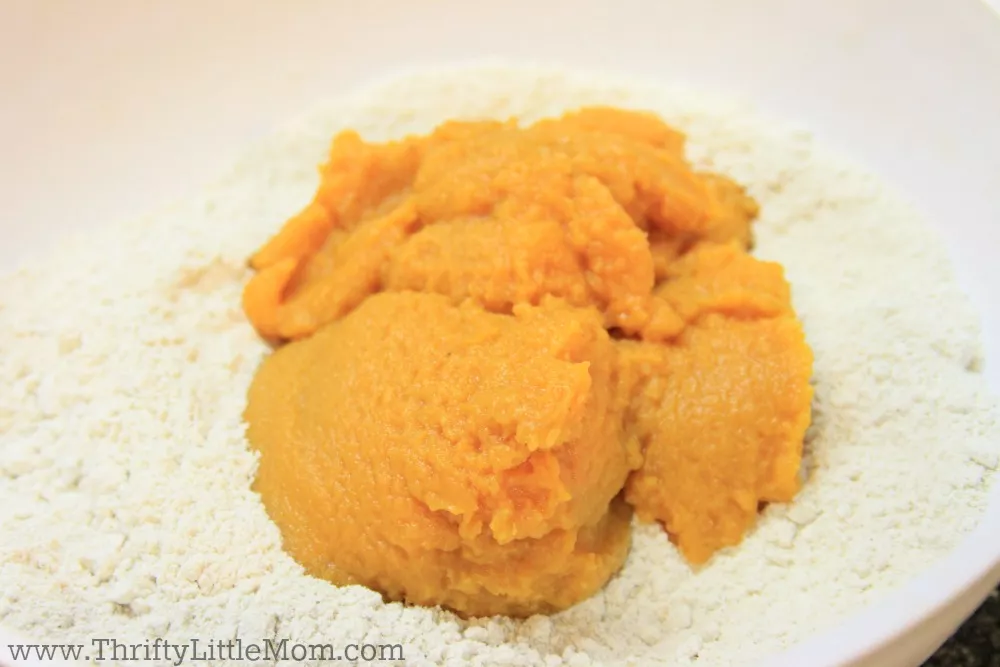
Make the most of the earth’s bounty and the grocery budget this fall season by taking advantage of the harvest. Keep the meals simple full of nourishing and fresh ingredients that are likely to last a long while in the refrigerator and basement. Most importantly experiment with new flavors and ingredients so that the dinner table can be a place of tasty, seasonal, frugality.
About the Author:

Kathie N. Lapcevic is a writer and teacher living in northwest Montana with her soulmate. You can read more about her seasonal living adventures, eats, and remedies at homespunseasonalliving.com

Kim Anderson is the organized chaos loving author behind the Thrifty Little Mom Blog. She helps other people who thrive in organized chaos to stress less, remember more and feel in control of their time, money, and home. Kim is the author of: Live, Save, Spend, Repeat: The Life You Want with the Money You Have. She’s been featured on Time.com, Money.com, Good Housekeeping, Women’s Day, and more!
